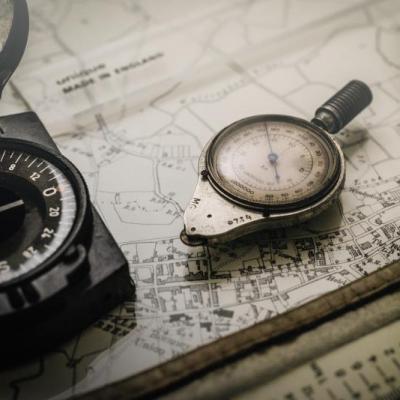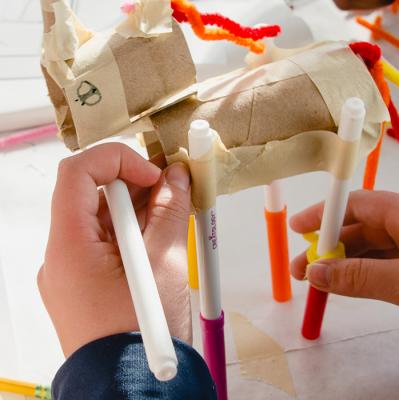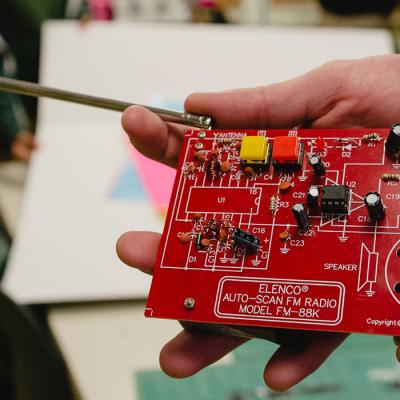
How Can Understanding What We Value as Educators Shape What We Assess in Our Classrooms?
What do we want our learners to be like when they leave our classrooms at the end of the year? What does authentic learning look like in a maker-centered classroom? Your response to these questions might be an indicator of what type of learning you value as a teacher. Inspired by Carlina Rinaldi and her writing on the relationship between documentation and assessment, we used these questions to identify what types of learning or dispositions teachers value most within their contexts. Think of it as a lens for looking at learning. What we quickly realized is that the values educators bring to their work have implications connected to assessment.
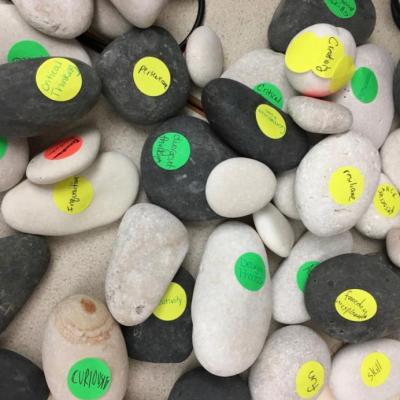
What does it look like when students are engaging in that value? This question is similar to those that initiated the Agency by Design team’s second phase of work. These are also questions that the Maker Educator Learning Community in Pittsburgh has been wrangling with.
The Pittsburgh maker educator learning community is a diverse cohort of formal and informal maker minded educators, representing multiple content areas. We meet once per month for a full day workshop. Together we create opportunities to collaborate, design, develop understandings, and assess the “signs of learning” in a maker-centered learning context. We represent 18 organizations and 30 educators from around the greater Pittsburgh region.
The diversity of our group makes for a tricky space to find common ground for discussion and inquiry. Therefore, we decided to make our common focus connected to maker-centered learning. Learning is our highest priority. Though we also realized we needed to prioritize how we all talked about learning and as a result we decided to look at an old metaphor to help us assess our learning values.
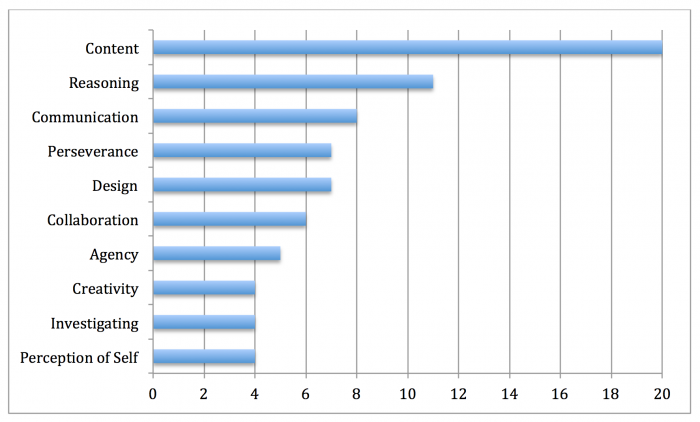
Stephen Covey often talks about the relationship between the things we value in life and how we prioritize them. He uses the metaphor of a jar representing the capacity of our lives and various sized rocks representing the stuff in our lives. The big idea behind Covey’s metaphor is, if we fill our jars with the small rocks first we won’t have room in the jar for our largest values or big rocks. However, if we focus on the large rocks first the small rocks take care of themselves filling in the empty space between the large rocks. We believe that this concept is complementary to the process of assessment, so we created a riff off of Covey’s concept and asked our learning community to prioritize their rocks/values related to teaching and learning. We asked them to consider, as a teacher of math, art, or even science; name and notice all of the elements that define your instructional practice. These elements ranged from skill and content acquisition to less tangible concepts like curiosity and reasoning. Lastly, we asked our learning community to take their lists and prioritize them by importance, the most important became their large rocks and the least important their small rocks. We defined this activity as big rocks/little rocks.
Through this activity, we noticed an interesting aspect of what our 30 educators valued. Keep in mind that our educators represent all grade levels from pre-K to 12, content areas that stretch from science to art to mathematics to core elementary school teachers and even informal educators working in out-of-school contexts. When we categorized the teachers values and counted them up, we noticed that content-related values were the most frequently noted—with approximately 20 mentions. Reasoning was the second most listed value and it was mentioned almost half as much (see Graph A).
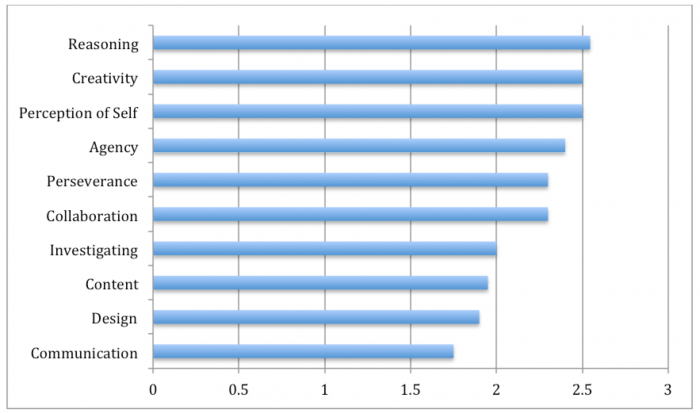
However, when we asked the educators to prioritize their values, we noticed different priorities. Taking the educators’ large values with a value of three, medium values as two, and small values as one, we looked to see which values were more considered to be larger, or more important, than others (see Graph B).
In Graph B, we can see that, on average, reasoning, creativity, and perception of self were the three most important values cited by our educators. Content, although being mentioned so frequently, was the third least important value. We interpreted this as indicating that while content may always be in the background of what our educators are teaching, the relative importance our educators ascribed to content was less than many of the other values they surfaced. It is worth noting, too, that while creativity and perception of self were two of the least frequently mentioned values, they were two of the most important values mentioned by our educators.
Understanding these values for our Maker Educator Learning Community is important for several reasons. First, identifying our values for learning is an important way for us to surface our priorities for the learning experiences we are designing. Second, by making the values explicit, we can begin to have conversations about what constitutes evidence of learner engagement in those values. In other words, we can begin to discuss what it looks like to productively engage in our classrooms when we discern what we want our students to engage in. Third, understanding what educators value enables us, to better facilitate our monthly meetings and provide feedback to meet the needs of the educators in our learning community. Finally, although these educators have come together around a focus on making and learning, educators within our community can find allies based on common values.
As we have moved forward throughout the year, these values have served as a bedrock of our conversations about teaching and learning in our Maker Educator Learning Community. What kinds of learning and engagement do you value within your classroom?
A special thank you to Cognizant Technology Solutions and the Grable Foundation for supporting this important work.




